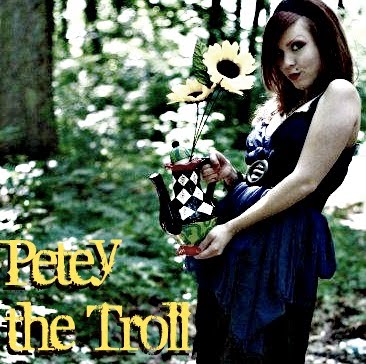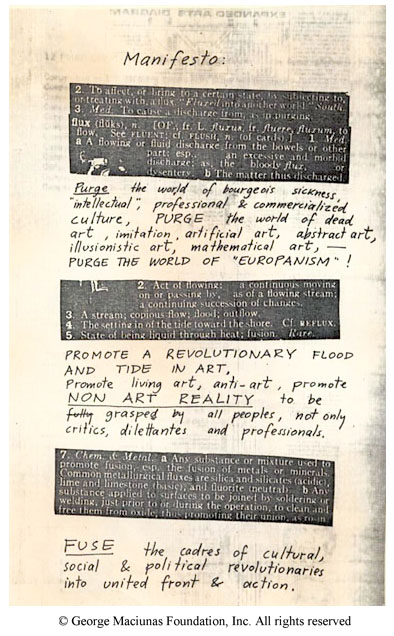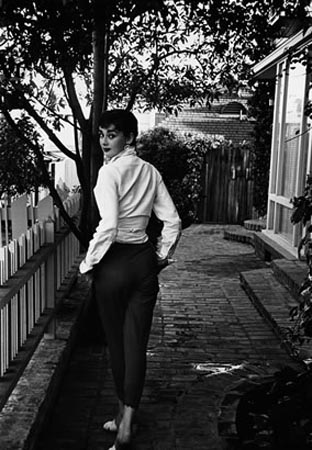New
Projects, New Goals, and the Process of Growing as an Artist Through
Fluxus
As I work my way through my new
collection, I grow more and more interested in focusing on the minute
details of the clothing, in addition to the overall picture that the
outfits will create and the story they will tell as a collection. I
have special plans for this line, hoping to introduce it as the new
Petey, the better Petey, the
learned-good-shit-at-design-school-before-I-peaced-out-of-there
Petey. The whole reformation is going to take approximately a year,
including the design, construction and completion of each outfit I've
got in mind. The collection will feature both men's and women's
clothing and will include both practical, wearable pieces as well as
art clothes.
 In addition to the new plan
is a new name, or rather, a simplified version of the old name. I'm
just calling it Petey. Plain and simple, with the demise of the
Troll alongside my old approach to my own designs, my business sense
and my knowledge of clothing construction, pattern making and fabric.
In addition to the new plan
is a new name, or rather, a simplified version of the old name. I'm
just calling it Petey. Plain and simple, with the demise of the
Troll alongside my old approach to my own designs, my business sense
and my knowledge of clothing construction, pattern making and fabric.
When I start my new blog,
it's going to be basically the same thing, with a little more
structure and a little more consistency. I've been writing in this
blog for over two years now and cherish it as my little online diary,
containing my thoughts on fashion, business, art, history, life and
of course, my own work and progression in this field. For me, this
whole transformation is coming with a new outlook. Basically, I'm
sick of sitting around on my ass, not being a fashion designer. It's
who I am, it's who I will always be.
Another thing that I am and
always will be is a collector of friends with extraordinary talents
in arts of all kinds. I've been very lucky with the people I've met
over the years and these include oil painters, wedding photographers,
dancers, actors, directors, costume makers, musicians and writers.
Thus, I've decided to incorporate a lot more different kinds of arts
in my discussions of clothing and fashion in the new blog as well.
I'll be considering music as an inspiration, contemporary art as a
backdrop for design and reviewing other fashion commentary with the
intent of participating in the ongoing dialogue within the national
and global fashion industry.
It may be cliche to say,
but my life long dream has always been to co-found and help run an
artist collective. A “collective” sounds so socialist, but
that's exactly what it is. It's artists doing favours for each other
for the benefit of the whole group. It's print makers making screen
prints out of designs made by Photoshop masters on t-shirts
representing a clothing company who is styling local musicians.
Right? It's a lovely idea and continues to be a goal of mine over the
next five years (pending the apocalypse, of course...)
Lots of big things to come
and more structure is needed to do it. I feel the need to push
forward with my business, my art and my life.
Check out my new blog – Le
Couturier, Mademoiselle Petey: Fashion, Toronto and Everything About
Clothes, debuting on Friday, February 10th at http://mademoisellepetey.blogspot.com/
Thank you all for reading as
always!
VanessaPeteyHughes







